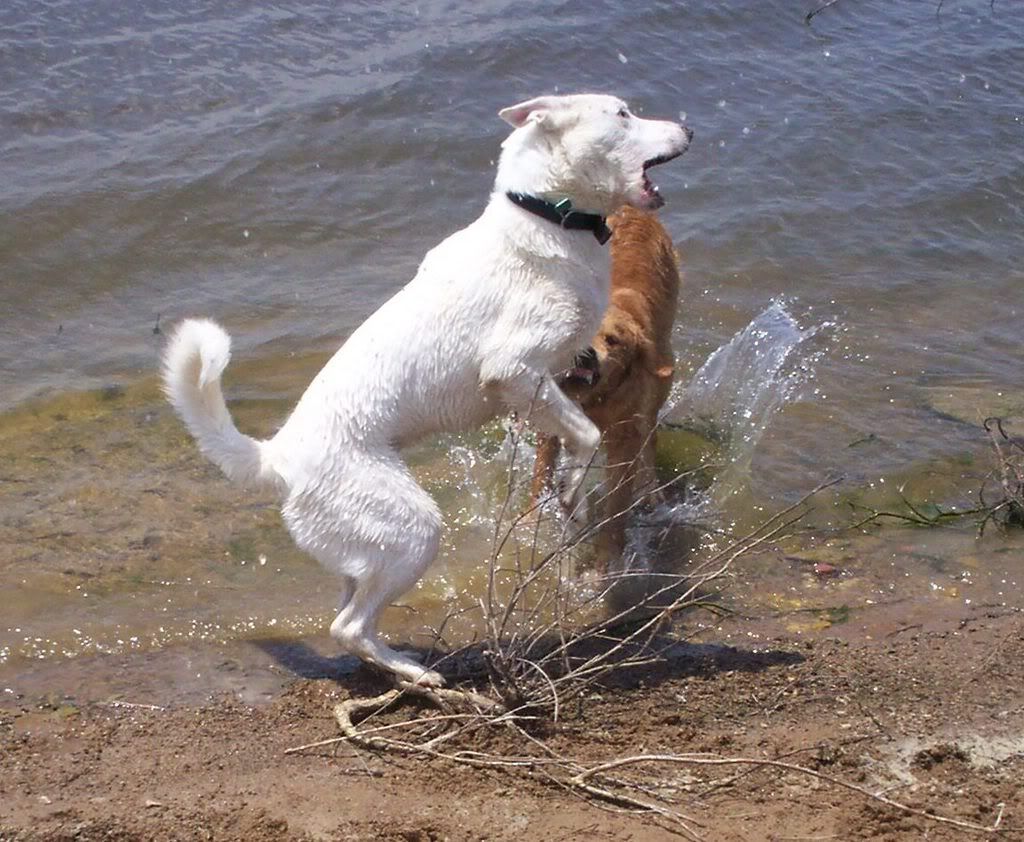 Debra Gwathney spent her $600 stimulus check on her three cats.
Debra Gwathney spent her $600 stimulus check on her three cats.
Summer Rose took on a second job to pay for her pug's hip replacement.
And Christine Lewis says she dishes out more on her beagle than her friends do on their toddlers.
Quirky, neighborhood cat-lady types? The kind who dress their animals in knitted sweaters and feed them organic cheese-nip biscuits?
Far from it. But the three Dallas women are part of a growing legion of pet owners around the country choosing to invest in their animals' well-being even as their own health-care costs are rising.
"If you are an animal lover, it's worth it," said Ms. Rose, 30, as she waited for her dog to get $300 worth of shots at Hillside Veterinary Clinic on Mockingbird Lane.

She has shelled out at least $12,000 on a litany of dogs and cats in the past decade.
And that's only scratching the surface.
Even with the latest accounts of abandoned pets and packed animal shelters, owners are expected to spend a record $43 billion on their pets this year, $2 billion more than last year, according to a survey by the American Pet Products Manufacturers Association.
About 67 percent of U.S. households own a pet, and chances are they spend half their pet costs on vet visits and over-the-counter medicine, the survey said.
"Pets don't live in the back yard anymore," said Dr. Bonnie Beaver, a professor of small-animal medicine at Texas A&M University. "They live in the house. Their role in our lives has changed. Some say they're family members."
This means pet owners are making more sacrifices, especially since veterinary advancements in the past two decades have made health care pricier, Dr. Beaver said.
"It parallels human medicine," she said.
Today, CAT scans actually include cats, and doggie sonograms are routine.
Katherine Wells, a veterinarian at the Veterinary Referral Center of North Texas, said she's seen clients take out a second mortgage to pay for their pets' surgery.
Her Far North Dallas clinic offers everything from animal ophthalmology to radiology and internal medicine. Surgical procedures can cost more than $3,000.
Still, on a recent weekday morning, dogs and cats filled the small waiting room.
Although pet owners – many of whom are young professionals without children or empty nesters who have replaced their kids with animals – are willing to pay for major procedures, veterinarians worry they will cut down on basic care with the economic downturn.
"They are shying away from preventive things that will cost them more money in the long run," said Bernadine Cruz, a veterinarian and official of the American Veterinary Medical Association.
Dr. Cruz recommends pet insurance – a health-care option better known in the United Kingdom – along with annual trips to the vet.
Less than 1 percent of pet owners in the U.S. have pet insurance, but the market is expanding. Only a handful of companies existed when Veterinary Pet Insurance, the country's oldest and largest animal health-care provider, started business in the early 1980s, said company spokesman Brian Iannessa. That number has since doubled, and Mr. Iannessa said business is better than ever.
"People are recognizing its value more so these days and holding on to their medical plans as they face economic uncertainty," he said. "They want to make the best medical decision without finances getting in the way."
The company has about 450,000 clients, double what it had six years ago. It charges about $25 a month for dogs and $20 a month for cats.
None of the current 11 pet insurance companies cover pre-existing conditions, a factor that has Fort Worth residents Ben and Carolyn Cason skeptical of such organizations.
"I just don't trust it ... all those disclaimers. You think, 'Gosh, what are they going to do?' " she said.
The retired couple, both 66, has spent more than $50,000 on their Shih Tzus in the past decade.
Sometimes it's been "bread or the dog bill," Mr. Cason said.
This week, they took Sassy, one of their five Shih Tzus, to the Veterinary Referral Center for a swollen lymph gland.
The cost?
Ms. Cason shrugged. "I don't know. It doesn't matter. They're just like our children. They're a reason to get up in the morning."
Source: http://www.dallasnews.com







































